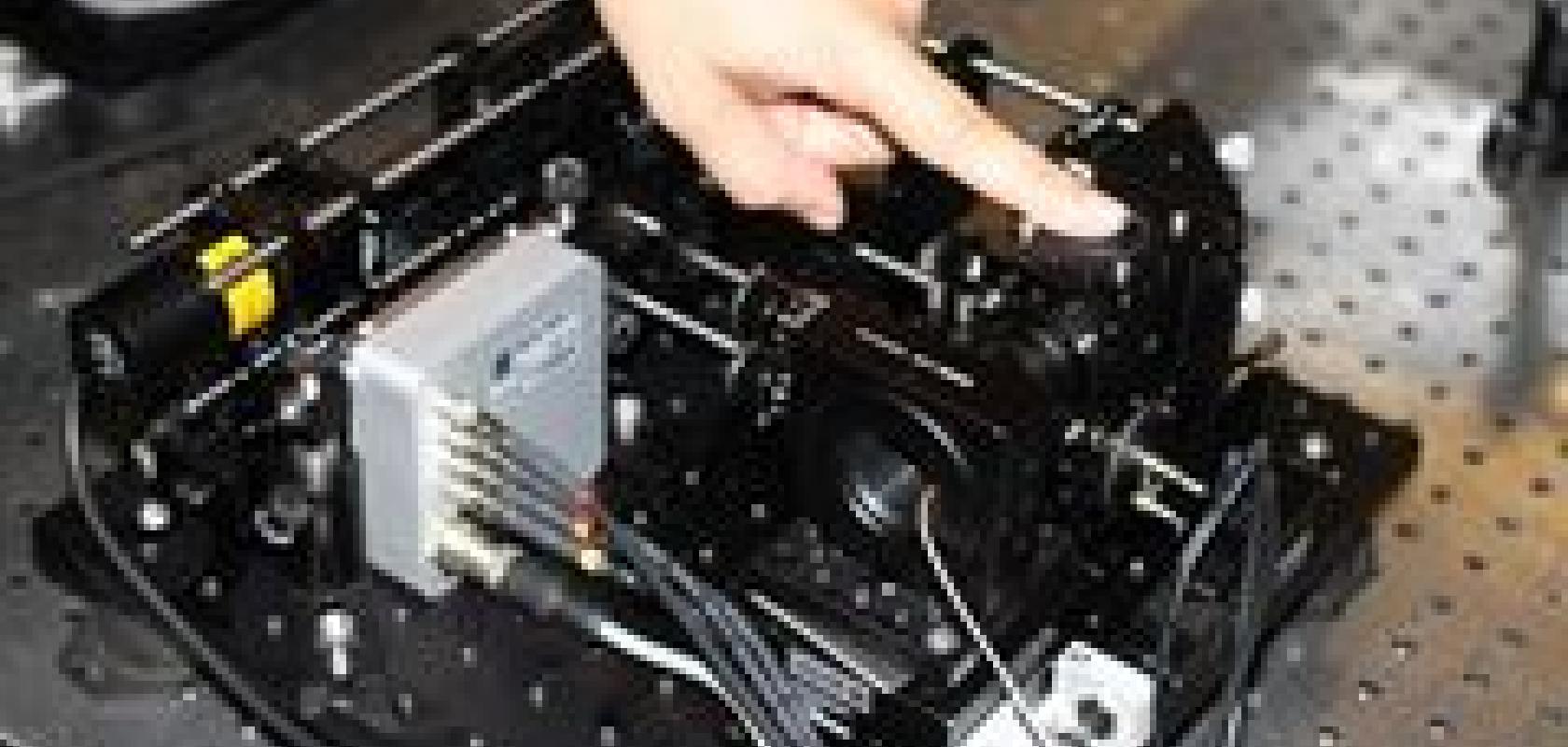Scientists from the Langevin Institute, Paris, have developed a new imaging system that can distinguish between real and fake fingerprints. Described in Biomedical Optics Express, the instrument images below the fingertip surface, which could allow for a more trustworthy alternative to traditional fingerprint sensing since internal finger features are more reliable than external ones.
Simple fingerprint casts made from material such as Play-doh, clay or gelatin can fool most fingerprint recognition devices. In fact, a recent study funded by the United States’ Department of Homeland Security found that wearing fake prints, known as ‘spoofing’ in law enforcement circles, can beat a standard fingerprint scanner 80 per cent of the time. This is bad news for forensic experts confronted by criminals who will employ whatever means possible to thwart security and identification systems.
The problem is obvious: traditional fingerprint scanning devices use basic technology, such as an optical camera that takes pictures of only the very top layer of skin. Along with being tricked by spoofing, these devices sometimes fail to recognise legitimate prints when the finger being scanned is dirty, worn, scarred, or too wet or dry.
The Langevin Institute’s new imaging system works differently, by peering inside the finger to identify an individual quickly and accurately. Instead of scanning only the very top layer of the skin, it captures ‘internal fingerprints’ which have the same topographical features as external fingerprints, but are about half a millimetre below the skin's surface. The system can also image sweat pores, which provide an additional means of identification.
The internal fingerprint sensor is based on full-field optical coherence tomography (FF-OCT), which works by analysing the interference patterns created when a beam of light coming from the predetermined depth of a biological sample, such as a finger, is recombined with a reference beam of light. Unlike standard OCT, which gathers 3D data and requires high-tech lasers, FF-OCT can use spatially and temporally incoherent sources. In addition, because it is based on a 2D detector, it is faster, less expensive and easier to deploy when it comes to recording biometric information such as fingerprints.
The system employs BitFlow’s new Cyton CXP4 CoaXPress frame grabber, which allows the interface of an Adimec two-megapixel CXP-6 camera with the system's host computer, without requiring external power supplies or extra cables to uplink communications. Video can be captured at speeds of up to 6.25 Gigabits/Second (Gb/S), and control commands and triggers can be sent to the camera 20Mb/S simultaneously. Up to 13W of power can also supplied to the camera, all over a single piece of industry standard 75 Ohm coaxial cable.
Images of an internal fingerprint can be captured in under a second, which is important because any finger movement can compromise the quality of the image. With its four links, the Cyton CXP4 helps to minimise acquisition time when configured for CoaXPress Quad version (4 x CXP-6) so that Adimec's CXP-6 camera can operate at a total data rate of 25Gb/S.
Further information


